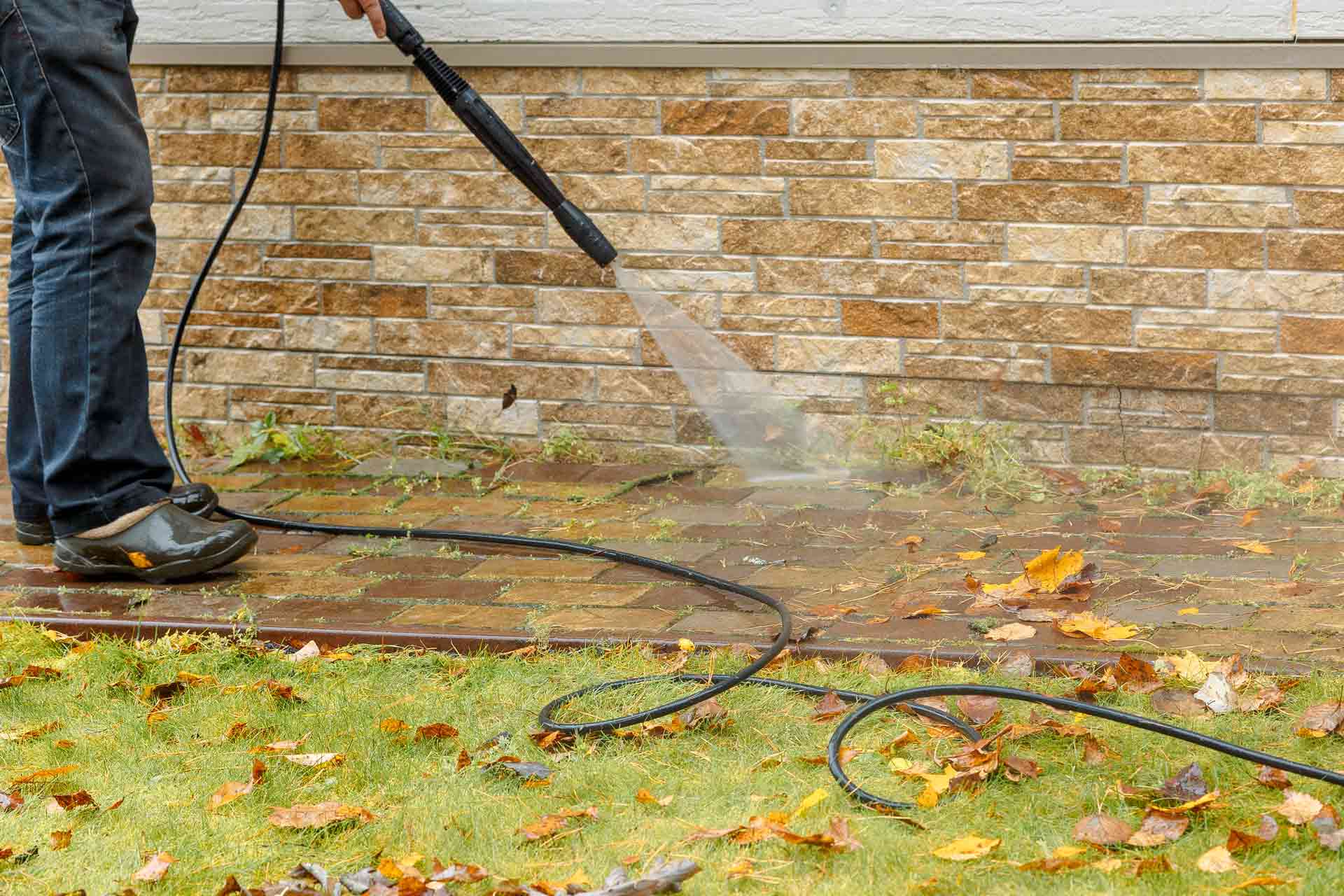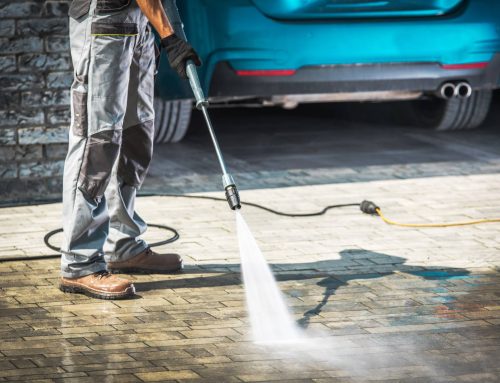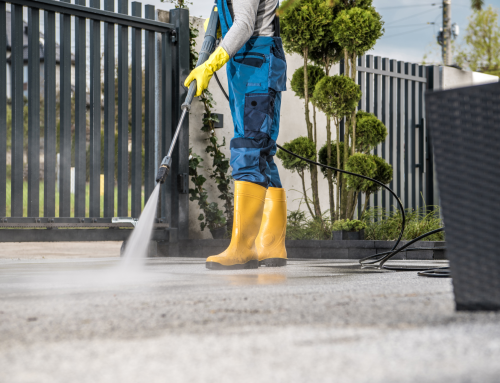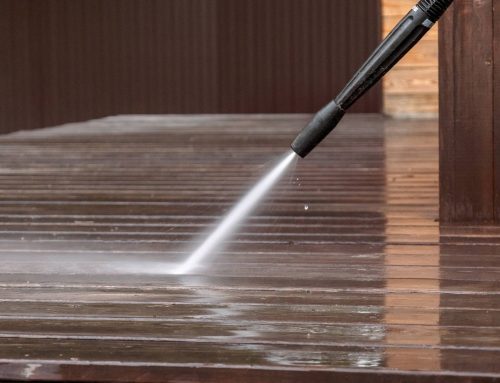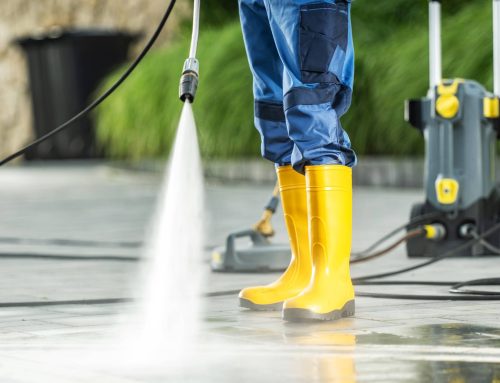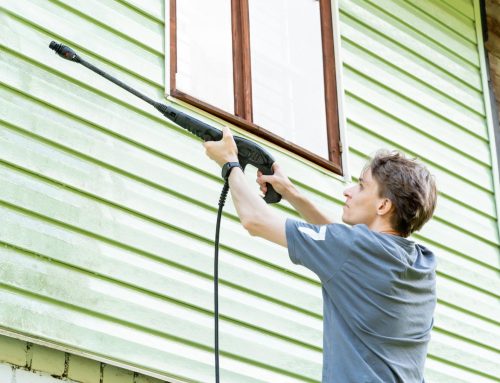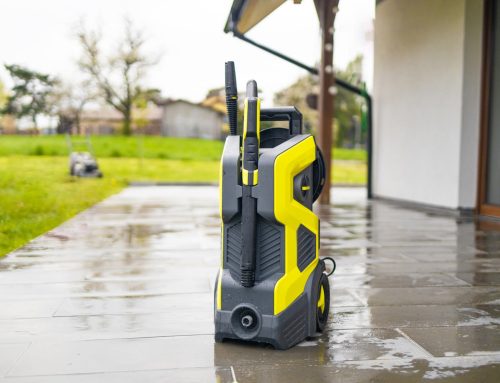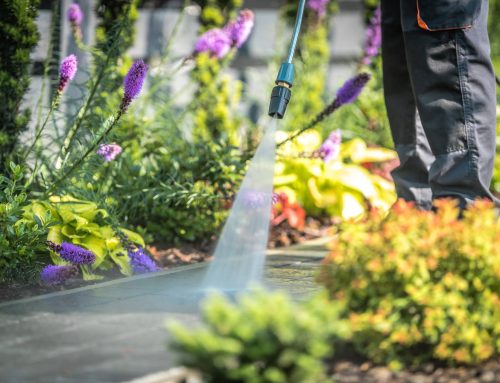When you would rather be spending your summer outdoor time doing fun activities, it can be difficult to get thrilled about outside cleaning jobs. Fortunately, with the correct time-saving tools, you can fit both housework and recreational activities into a single weekend. Cleaning mold off patio furniture and clearing packed mud from tire wells, all of these tasks may be completed more quickly and efficiently with a power washer. Power washing is a powerful tool, which means it should be handled with care.
At first view, the pressure washer appears to be a high-powered hose capable of blasting dirt and grime off a surface in seconds. However, with closer inspection, you will see differences with skilled power washing. The strength of the pressure washing, the type of nozzle to use, and the types of cleaning chemicals to utilize, if any, are all determined by professionals or experienced residential owners. Below are some of the do’s and dont’s of power washing:
The Do’s
1. Do prep before starting
Without a proper water supply, your power washer will fall short of your efficiency objectives. One of the first steps you should do before power washing is time how long it takes to fill a 20-liter pail with water from your hose. If it takes two minutes or less, you are set to go. However, anything longer indicates that there is not enough water flow to operate the power washer. Once you have determined that you have enough water flow to feed your power washer, clean out its inlet filter and ensure that the connections are secure wherever the tool attaches to a hose or accessory this allows for easy maneuvering during cleaning chores.
2. Do adjust your spray’s angle for the best force
When washing tough stains that demand maximum cleaning power, keep the power washer’s nozzle perpendicular to the dirty surface. This is a simple adjustment in most situations but there are cases where the area you are trying to clean is harder to reach. This is the case if you need to access the underside of a patio table or the siding along the roof of a house. Fortunately, there are different nozzle heads that eliminate the need to bend or overextend for these difficult-to-reach spots. Getting ready your accessories for your power washer can be included in the preparing stage. Having accessories that you can use to guide the force of your power washer’s stream over, under, or around any unclean item can make the difference to no more over stretching or straining to reach those tough areas.
3. Do ease into the job
A direct blast from a power washer can even harm surfaces that you would expect to stand up well to cleaning. It is recommended to always start with a soft touch. As an example, consider siding, power washers are excellent for cleaning most types, but if you get too near, you risk removing part of the paint or harming softer woods. It would be best if you were to position yourself about 3 meters away from the surface you are cleaning, turn on the water, and then walk forward until the spray is just powerful enough to clear grime, do not go closer than 6 inches away from any surface type.
4. Do master the correct washing technique
Thick areas of dirt are easier to remove if you wet the area for a few minutes, with or without detergent. To avoid stains caused by runoff, moisten from the bottom up with sweeping horizontal strokes while applying detergent. After that, to rinse, do the reverse, moving from the top down to ensure that no cleanser is missed. This is a proven technique that allows for the best after results that takes the dirt off and ensures no cleaning stains are left behind.
The Dont’s
1. Don’t underestimate its power
The speed and force of a power washer make it as hazardous as it is efficient. For example, the water stream from even the models with lesser psi ratings is powerful enough to penetrate through human skin. Power washers also come with a variety of different nozzles to handle tasks. Make sure that the nozzle is secured to the tip of the power washer, or it may shoot off once the pressure builds behind it, which can be extremely dangerous.
In addition, it is highly recommended to put on protective gear. You could opt to wear noise-canceling headphones to protect your ears, as power washers are extremely loud. You would also want to wear clothing that can stand a little dirt. In addition, do not wear open-toed shoes. Your feet are the most at risk while power washing, and it can be painful if you accidentally run a pressurized stream over them. After putting on your protective equipment, grasp the wand securely to minimize recoil when the pressure comes in, and start on the lowest pressure level to protect yourself and your property. Work in broad strokes to avoid focusing the tool’s strength in one spot for too long and keep the nozzle away from people, pets, and fragile plants.
2. Don’t use one nozzle tip for every job
A pressure washer may be outfitted with a number of nozzles that create everything from broad spray patterns to small streams. The varying nozzles allow you to better harness the water for the work at hand. The more force delivered by the spray, the narrower it is. A broad, 40-degree nozzle is ideal for basic washing tasks including removing dirt from redwood or cedar decks, cleaning siding, and rinsing outdoor furniture. Dirt and grime on concrete and other types of masonry may be removed using a 25-degree nozzle tip. Nozzle tips with a zero or 15-degree angle focus tremendous pressure on a tiny area, making them ideal for cleaning stubborn stains from iron.
3. Don’t use a pressure washer for everything
Even with utmost caution and the lowest pressure, not all products are acceptable for pressure washing, especially if they are already showing signs of wear and tear. While most car paint jobs can handle heavy spray, a thin clear coat or a damaged exterior should be washed with lesser water pressure. Another surface that should be avoided from power washers is the roof of your home. Power washers are strong enough to launch the singles off of your roof. Sidings of your home are okay to power wash but definitely avoid the high pressures of a power washer on your windows because it can possibly break through. Even though power washers are a useful tool that can clean hard surfaces, as mentioned, they should not be used on all surfaces.
4. Don’t injure yourself or others
A power washer is not a toy, and should not be treated as a regular hose. Do not aim the pressurized stream at yourself, or at others. Even though it is water, the pressure creates a force that can easily break human skin. Always keep the end facing down if the device is on. Also, use two hands when you are pressure cleaning, as it is easy to lose control.
In the scenario that you may need to clean your non-shingle roof or the second-floor siding, do not use a power washer while on a ladder. The force from the power washer can be enough to throw you off balance and cause injury. In addition, as mentioned, do not get too close to the head of the power washer. Stay at least 6 inches away from whatever you are cleaning. If that is not close enough to remove the dirt you need to use a stronger intensity and does not mean getting closer to the surface with your nozzle.
A power washer is an excellent tool for outdoor cleaning, but it must be handled with care and attention. If you have any queries or want expert assistance with any cleaning project, you can always contact a professional cleaning service that is knowledgeable and capable of any power washing needs.

